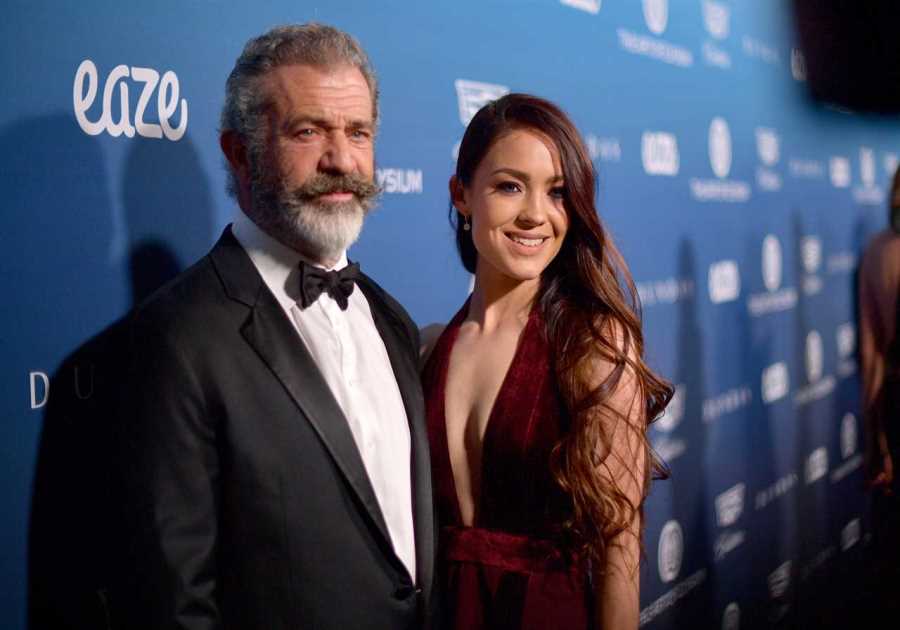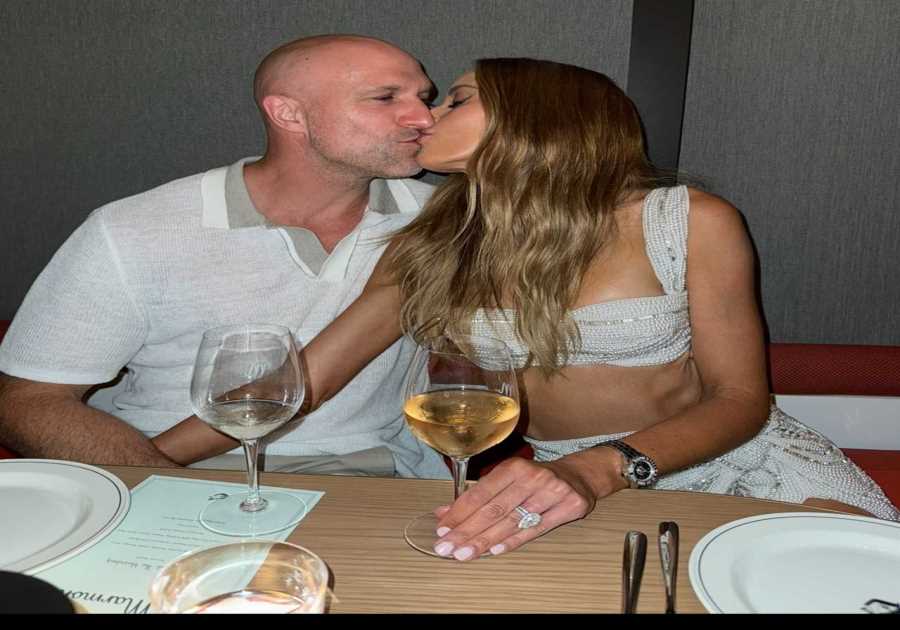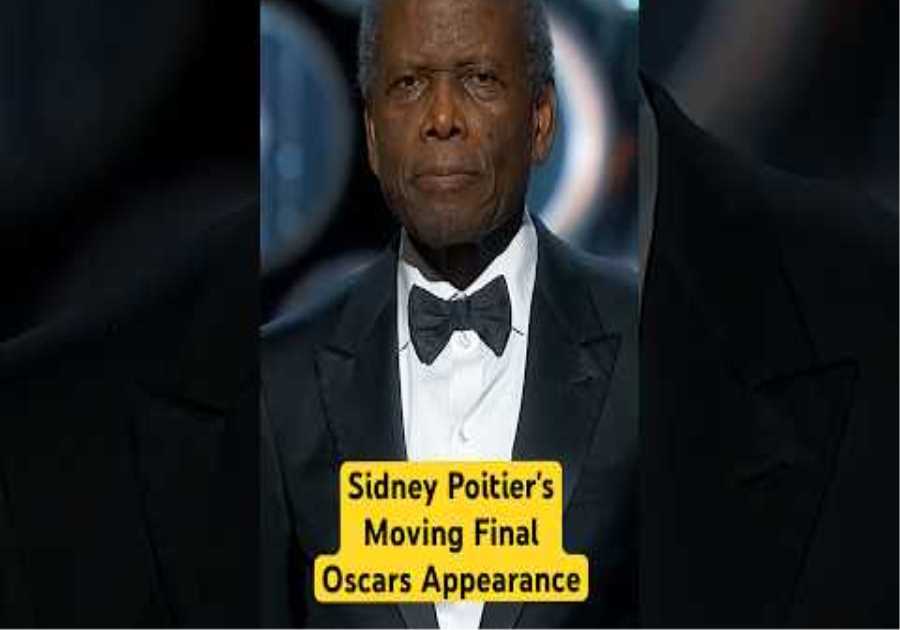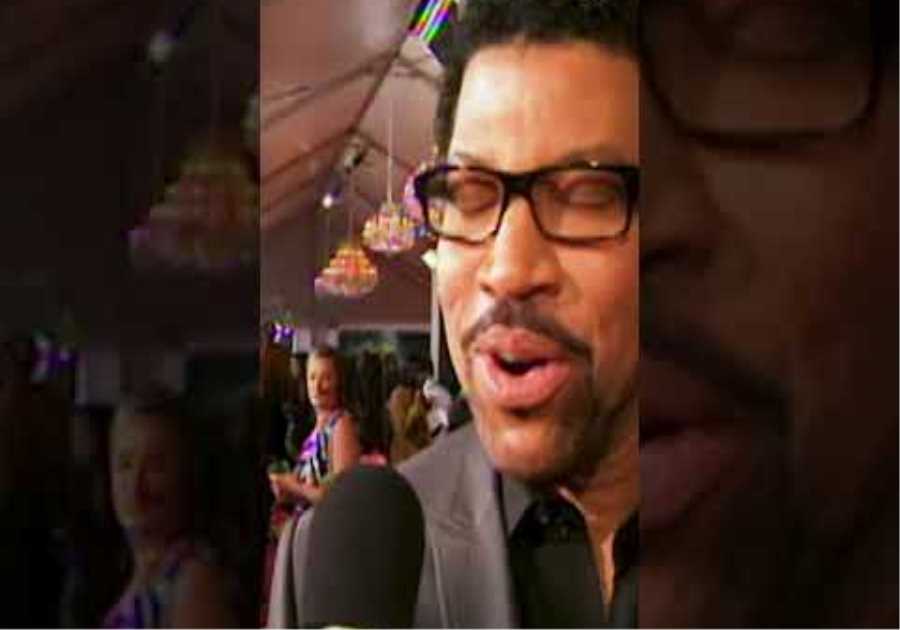
Bill Russell, whose defensive athleticism at center changed the face of pro basketball and propelled the Boston Celtics to 11 N.B.A. championships, the final two when he became the first Black head coach in a major American sports league, died on Sunday. He was 88.
His death was announced by his family, who did not say where he died.
When Russell was elected to the Basketball Hall of Fame in 1975, Red Auerbach, who orchestrated his arrival as a Celtic and coached him on nine championship teams, called him “the single most devastating force in the history of the game.”
He was not alone in that view: In a 1980 poll of basketball writers (long before Michael Jordan and LeBron James entered the scene), Russell was voted nothing less than the greatest player in N.B.A. history.
Russell’s quickness and his uncanny ability to block shots transformed the center position, once a spot for slow and hulking types. His awesome rebounding triggered a Celtic fast break that overwhelmed the rest of the N.B.A.
Former Senator Bill Bradley, who faced Russell with the Knicks in the 1960s, viewed him as “the smartest player ever to play the game and the epitome of a team leader.”
“At his core, Russell knew that he was different from other players — that he was an innovator and that his very identity depended on dominating the game,” Bradley wrote in reviewing Russell’s remembrances of Auerbach in “Red and Me: My Coach, My Lifelong Friend” (2009) for The New York Times.
In the decades that followed Russell’s retirement in 1969, when flashy moves delighted fans and team play was often an afterthought, his stature was burnished even more, remembered for his ability to enhance the talents of his teammates even as he dominated the action, and to do it without bravado: He disdained dunking or gesturing to celebrate his feats.
In those later years, his signature goatee now turned white, Russell reappeared on the court at springtime, presenting the most valuable player of the N.B.A. championship series with the trophy named for him in 2009.
Russell was remembered as well for his visibility on civil rights issues.
He took part in the 1963 March on Washington for Jobs and Freedom and was seated in the front row of the crowd to hear the Rev. Dr. Martin Luther King Jr. deliver his “I Have a Dream” speech. He went to Mississippi after the civil rights activist Medgar Evers was murdered and worked with Evers’s brother, Charles, to open an integrated basketball camp in Jackson. He was among a group of prominent Black athletes who supported Muhammad Ali when Ali refused induction into the armed forces during the Vietnam War.
President Barack Obama awarded Russell the Presidential Medal of Freedom, the nation’s highest civilian award, at the White House in 2011, honoring him as “someone who stood up for the rights and dignity of all men.”
In September 2017, following President Donald J. Trump’s calling for N.F.L. owners to fire players who were taking a knee during the national anthem to protest racial injustice, Russell posted a photo on Twitter in which he posed taking a knee while holding the medal.
“What I wanted was to let those guys know I support them,” he told ESPN.
A Much-Decorated Man
Russell was the ultimate winner. He led the University of San Francisco to N.C.A.A. tournament championships in 1955 and 1956. He won a gold medal with the United States Olympic basketball team in 1956. He led the Celtics to eight consecutive N.B.A. titles from 1959 to 1966, far eclipsing the Yankees’ five straight World Series victories (1949 to 1953) and the Montreal Canadiens’ five consecutive Stanley Cup championships (1956 to 1960).
He was the N.B.A.’s most valuable player five times and an All-Star 12 times.
A reedy, towering figure at 6 feet 10 inches and 220 pounds, Russell was cagey under the basket, able to anticipate an opponent’s shots and gain position for a rebound. And if the ball caromed off the hoop, his tremendous leaping ability almost guaranteed that he’d grab it. He finished his career as the No. 2 rebounder in N.B.A. history, behind his longtime rival Wilt Chamberlain, who had three inches on him.
Russell pulled down 21,620 rebounds, an astonishing average of 22.5 per game, with a single-game high of 51 against the Syracuse Nationals (the forerunners of the Philadelphia 76ers) in 1960.
He didn’t have much of a shooting touch, but he scored 14,522 points — many on high-percentage, short left-handed hook shots — for an average of 15.1 per game. His blocked shots — the total is unrecorded, because such records were not kept in his era — altered games.
Beyond the court, Russell could appear aloof. He was bruised by the humiliations his family had faced when he was young in segregated Louisiana and by widespread racism in Boston. When he joined the Celtics in 1956, he was their only Black player. Early in the 1960s, his home in Reading, Mass., was vandalized.
Russell’s primary allegiance was always to his teammates, not to the city of Boston or to the fans. Guarding his privacy and shunning displays of adulation, he refused to sign autographs for fans or even as keepsakes for his teammates. When the Celtics retired his No. 6 in March 1972, the event, at his insistence, was a private ceremony in Boston Garden. He ignored his election to the Naismith Memorial Basketball Hall of Fame — situated squarely in Celtics country, in Springfield, Mass. — and refused to attend the induction.
“In each case, my intention was to separate myself from the star’s idea about fans, and fans’ ideas about stars,” Russell said in “Second Wind: The Memoirs of an Opinionated Man (1979),” written with Taylor Branch. “I have very little faith in cheers, what they mean and how long they will last, compared with the faith I have in my own love for the game.”
Racial Scars, a Mother Lost
William Felton Russell was born on Feb. 12, 1934, in Monroe, La., where his father, Charles, worked in a paper bag factory. He remembered a warm home life but a childhood seared by racism. He recalled that a police officer once threatened to arrest his mother, Katie, because she was wearing a stylish outfit like those favored by white women. A gas-station attendant sought to humble his father, while Bill was with him, by refusing to provide service, an episode that ended with Charles Russell chasing the man while brandishing a tire iron.
When Bill was 9 years old, the family moved to Oakland, Calif. His mother died when he was 12, leaving his father, who had opened a trucking business and then worked in a foundry, to bring up Bill and his brother, Charles Jr., teaching them, as Russell long remembered, to work hard and covet self-worth and self-reliance.
At McClymonds High School in Oakland, Russell became a starter on the basketball team as a senior, already emphasizing defense and rebounding. A former basketball player for the University of San Francisco, Hal DeJulio, who scouted for his alma mater, recognized Russell’s potential and recommended him to the coach, Phil Woolpert.
Russell was given a scholarship and became an All-American, teaming up with the guard K.C. Jones, a future Celtic teammate, in leading San Francisco to N.C.A.A. championships in his last two seasons. Following a loss to U.C.L.A. in Russell’s junior year, the team won 55 straight games. He averaged more than 20 points and 20 rebounds a game for his three varsity seasons.
“No one had ever played basketball the way I played it, or as well,” Russell told Sport magazine in 1963, recalling his college career. “They had never seen anyone block shots before. Now I’ll be conceited: I like to think I originated a whole new style of play.”
In the mid-1950s, the Celtics had a highly talented team featuring Bob Cousy, the league’s greatest small man, and the sharpshooting Bill Sharman at guard and Ed Macauley, a fine shooter, up front. But lacking a dominant center, they had never won a championship.
The Rochester Royals owned the No. 1 selection in the 1956 N.B.A. draft, but they already had an outstanding big man, Maurice Stokes, and were unwilling to wage what their owner, Les Harrison, believed would be a bidding war for Russell with the Harlem Globetrotters, who were reportedly willing to offer him a lucrative deal. So the Royals drafted Sihugo Green, a guard from Duquesne.
The St. Louis Hawks had the No. 2 draft pick, but they, too, did not think they could afford Russell. Auerbach persuaded them to trade that selection to the Celtics for Macauley, a St. Louis native, and Cliff Hagan, a promising rookie. That enabled Boston to take Russell.
Russell did meet with the Globetrotters that spring but, as he stated in a January 1958 collaboration with Al Hirshberg for The Saturday Evening Post, he did not seriously consider signing with them. He found the prospect of yearlong worldwide travel unappealing and wrote how “their specialty is clowning and I had no intention of being billed as a funny guy in a basketball uniform.”
Russell led the United States Olympic team to a gold medal in the 1956 Melbourne Games, then joined the Celtics in December. Playing in 48 games as a rookie, he averaged 19.6 rebounds.
That Celtic team — with Russell, Cousy, Sharman, the high-scoring rookie Tom Heinsohn, the bruising Jim Loscutoff and Frank Ramsey — won the franchise’s first N.B.A. title, defeating the Hawks in the finals.
Enter Chamberlain
Russell captured his first M.V.P. award in his second season, but this time the Hawks beat the Celtics for the championship, pulling away after Russell injured an ankle in Game 3 of the finals. The next year, the Celtics won the title again, beginning their run of eight straight championships.
In Russell’s fourth season, 1959-60, the 7-foot-1, 275-pound Chamberlain entered the N.B.A. with the Philadelphia Warriors. Chamberlain led the league in scoring as a rookie with 37.6 points per game and eclipsed Russell in rebounding, averaging 27 per game to Russell’s 24, but the Celtics were champions once more.
Russell was agile, Chamberlain the epitome of strength and power. Russell was usually outscored and out-rebounded by Chamberlain in their matchups, but the Celtics won most of those games.
“If I had played for the Celtics instead of Russell, I doubt they would have been as great,” Chamberlain was quoted as saying in 1996 when the N.B.A.’s 50 greatest players were selected to mark the league’s 50th season, though not ranked in any particular order.
As Chamberlain put it, “Bill Russell and the Celtics were the perfect fit.”
Russell, friendly with Chamberlain off the court, was complimentary in turn. “I know they talk about me winning more championships, but I don’t know how that can be held against Wilt,” he said. “We beat everybody. It wasn’t just Wilt.”
The Russell-Chamberlain rivalry was fierce. “Russell intimidated him,” Cousy recalled in “Cousy on the Celtic Mystique” (1988), written with Bob Ryan. “Wilt can say what he wants, but I used to watch Wilt muscle in against everyone else, but not against Russell.”
Russell’s tactic was to play close to Chamberlain, forcing him to lean away from the basket, change the angle of his fadeaway jump shots and release them farther from the basket than he liked.
Russell bested Chamberlain in another way: In his prime, as he told it, his annual salary was $100,001, $1 more than Chamberlain was making.
Russell was an intense competitor, and though he contended that he was not nervous in the moments before games, he engaged in an often remarked upon ritual in the locker room.
“I threw up, but I was never sick,” he told The Boston Globe in 2009. “It was a way for my body to get rid of all excesses.”
As described by the Celtics’ forward John Havlicek, it was “a tremendous sound, almost as loud as his laugh.”
“He doesn’t do it much now, except when it’s an important game or an important challenge for him — someone like Chamberlain, or someone coming up that everyone’s touting,” Havlicek told Sports Illustrated in December 1968. “It’s a welcome sound, too, because it means he’s keyed up for the game, and around the locker room we grin and say, ‘Man, we’re going to be all right tonight.’”
Even before the opening tipoff, Russell evoked domination. Other players ran onto the court for their introductions, but Russell walked on, slightly stooped, his goatee adding an intimidating touch at a time when few players had facial hair.
“I’d look at everybody disdainfully, like a sleepy dragon who can’t be bothered to scare off another would-be hero,” Russell recalled. “I wanted my look to say, ‘Hey, the king’s here tonight.’ ”
That would be clear when he began swatting away shots.
“Russell made shot-blocking an art,” Auerbach recalled in “Red Auerbach: An Autobiography” (1977), written with Joe Fitzgerald. “He would pop the ball straight up and grab it like a rebound, or else redirect it right into the hands of one of his teammates, and we’d be off and running on the fast break. You never saw Russell bat a ball into the third balcony the way those other guys did.”
Russell was not the first Black head coach in professional sports, but he had the greatest impact as the first to be chosen, in 1966, to lead a team in one of America’s major sports leagues. Fritz Pollard, a star running back, had coached in the National Football League, but that was in the 1920s, when it was a fledgling operation. John McLendon coached the Cleveland Pipers of the American Basketball League in 1961-62, but the A.B.A. was a secondary attraction.
The Celtics’ streak of eight consecutive titles was snapped in Russell’s first year as coach, but it took one of the N.B.A.’s greatest teams to do it. The 1966-67 Celtics had a 60-21 regular-season record, but they lost in the Eastern Conference playoff finals to the Philadelphia 76ers, who had gone 68-13 with a lineup that included Chamberlain, Luke Jackson, Chet Walker, Hal Greer and Billy Cunningham.
A Changed View of Boston
As the Celtic players from Russell’s rookie year retired, Auerbach found superb replacements, most notably Havlicek at forward and, at guard, Sam Jones and K.C. Jones, Russell’s old college teammate.
The Celtics won N.B.A. titles in Russell’s last two seasons, when he was their player-coach. He capped his career with a triumph in the 1969 N.B.A. finals over a Laker team that had obtained Chamberlain and also featured Jerry West and Elgin Baylor.
Russell could not easily shake his memories of Boston during his playing days, when the fate of the city’s de facto segregated schools became a national story.
“To me, Boston itself was a flea market of racism,” Russell wrote in “Second Wind.” “It had all varieties, old and new, and in their most virulent form. The city had corrupt, city-hall-crony racists, brick-throwing, send-’em-back-to-Africa racists, and in the university areas phony radical-chic racists (long before they appeared in New York).”
But as time passed the city changed, and so did his perception of it.
Russell helped promote Boston with a radio spot in the weeks leading up to the 2004 Democratic National Convention, which was held there. “I think there are a lot of things that are happening to make it an open city, where everybody’s included and there’s nobody that’s deemed unworthy,” he said.
Boston honored Russell in 2013 with a bronze statue in City Hall Plaza.
In his late years, Cousy became remorseful over his failure to speak out against the racism Russell faced when they were teammates, and in February 2016 he sent him a letter expressing regret.
As related by Gary M. Pomerantz in his book “The Last Pass: Cousy, Russell, the Celtics, and What Matters in the End” (2018), Cousy did not hear from Russell until two and a half years had passed. Then Russell phoned him.
Cousy asked Russell if he had received the letter.
“Russ said he had,” Pomerantz wrote. “Nothing more was said about it. Cooz had hoped their conversation would rise to a more substantive level. Still, he had made his last pass to Russ. He felt at peace.”
Russell worked as an ABC Sports commentator for N.B.A. games in the early 1970s, his high-pitched cackling laugh on the air showing viewers a side of him that only his teammates had seen. Then he returned to coaching.
He became coach and general manager of the Seattle SuperSonics in 1973, taking over a team that had never been in the playoffs in its six seasons, and led them to a pair of playoff berths in his four seasons there.
He became the coach of the Sacramento Kings in 1987, but was removed in March 1988 with the team mired at 17-41; he was named vice president in charge of basketball operations. He was fired from that post in December 1989.
Long after his N.B.A. career had ended, Russell made himself more accessible and capitalized on commercial opportunities.
In 1999, he agreed to a public ceremony at the Fleet Center — the successor to Boston Garden — for the 30th anniversary of his last championship team and his retirement as a player as well the second retirement of his number. The event was also a fund-raiser for the National Mentoring Partnership, whose programs he had helped develop as a board member.
“There are no other people’s kids in this country,” he told the crowd. “They’re the children of the nation, and I refuse to be at war with them. I’ll always do anything I can to make life better for a kid.”
He made commercials, signed autographs for serious collectors (for a fee) and delivered motivational speeches.
Russell married for the fourth time, to Jeannine Fiorito, in 2016. His first marriage, to Rose Swisher, ended in divorce, as did his second marriage, to Dorothy Anstett. His third wife, Marilyn Nault, died in 2009 at 59.
Russell had three children from his first marriage — William Jr., Jacob and Karen Kenyatta Russell. William Jr., known as Buddha, died in 2016 at 58. Russell’s brother, a playwright and screenwriter under the name Charlie L. Russell, died in 2013 at 81. Complete information on survivors was not immediately available.
Russell was uncompromising when it came to his principles. “There are two societies in this country, and I have to recognize it, to see life for what it is and not go stark, raving mad,” he told Sport magazine in 1963, referring to the racial divide. “I don’t work for acceptance. I am what I am. If you like it, that’s nice. If not, I couldn’t care less.”
He was also an immensely proud man.
“If you can take something to levels that very few other people can reach,” he told Sports Illustrated in 1999, “then what you’re doing becomes art.”
-----------------------
By: Richard Goldstein
Title: Bill Russell, Who Transformed Pro Basketball, Dies at 88
Sourced From: www.nytimes.com/2022/07/31/sports/basketball/bill-russell-dead.html
Published Date: Sun, 31 Jul 2022 19:14:33 +0000
Did you miss our previous article...
https://ballerawards.news/sports/caylor-richard-win-allaround-lead-us-to-team-gold-in-rio






